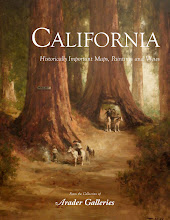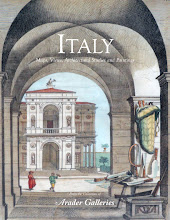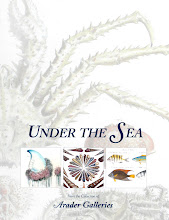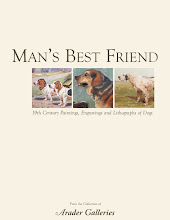New York: J.H. Colton, 1854
Hand-colored lithograph
Paper size: 52 1/5” x 43 1/2”
Framed size: 51 1/4” x 59 3/4”
The need for an “Official Map” of California was recognized at the founding of the California state government. An act of the state legislature passed on April 4, 1850 ordered the State Surveyor General to make an accurate map of the state. This was William Eddy.
Not much is known about William Eddy’s earlier career or education, however it is fairly certain that he was an experienced surveyor, and had some education in engineering before being appointed City Surveyor of San Francisco in 1849 during San Francisco’s first charter election. Eddy and his staff surveyed numerous city and private locations, and the majority of early maps of San Francisco were based upon Eddy’s various surveys, thus putting Eddy Street on the map!
With his new position as State Surveyor General, William Eddy, submitted a budget of $12,850 to pay for expenses to be incurred while surveying and drafting the development of the “Official Map” of California. He received only $3,000, greatly limiting his ability to travel to sites to make accurate, first hand surveys. He submitted his map in 1853 and was ordered to have the map engraved on copper and supply copies to various state officials. The map was sent to J. H. Colton in New York for engraving and printing.
William Eddy’s map was the best of the state of California up to this time, however, Eddy was unable to ascertain critical information resulting in errors that eventually met with harsh criticism. In fact, the map was criticized by government and military officials as “disgraceful”. One major error in Eddy’s map showed the Colorado River running to the east, but the river was found to run almost north. Also county boundaries were still obscure in areas, as it had been difficult for Eddy to obtain accurate data from county surveyors who were mostly unaware themselves.
In spite of the critics, Eddy’s map of the state of California was a substantial improvement over the commercial maps previously published. For the first time the map showed the eastern slope of the Sierra Nevada in approximately the correct location. It also showed Lake Bigler, whose name officially changed to Lake Tahoe in 1863, very close to its actual position. Also the beautiful, large scale of the map allowed Eddy to depict many mines, ranches, trails and routes. The Oregon Trail is prominent to the north, and Fremont’s route of 1844 is equally prominent in the south. The inset of San Francisco is based upon Eddy’s map of 1851.
Eddy’s California map was further reviewed and determined not up to the standards of an “Official Map” thus tossed aside. It was not until 1873 that California had an accurate map of the state produced by the California Geological Survey. That map was based on a trigonometric survey of the whole state that took over 10 years of work to produce.
This map is currently on display at Arader Galleries' 432 Jackson Street location in San Francisco.















